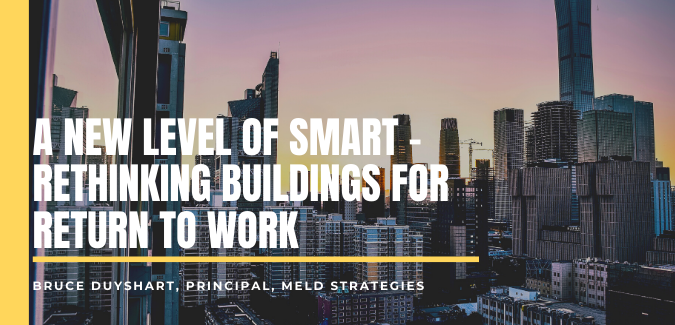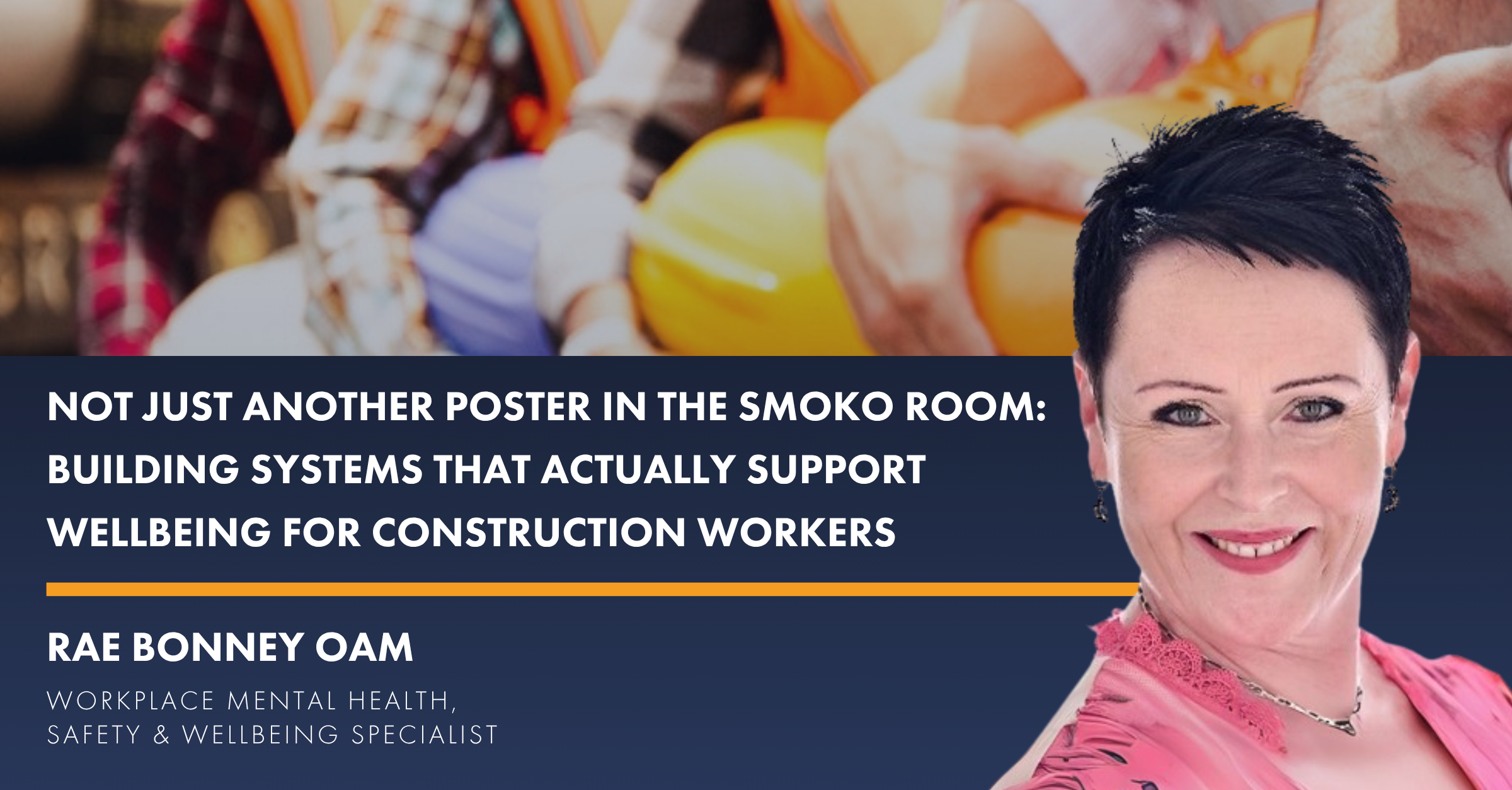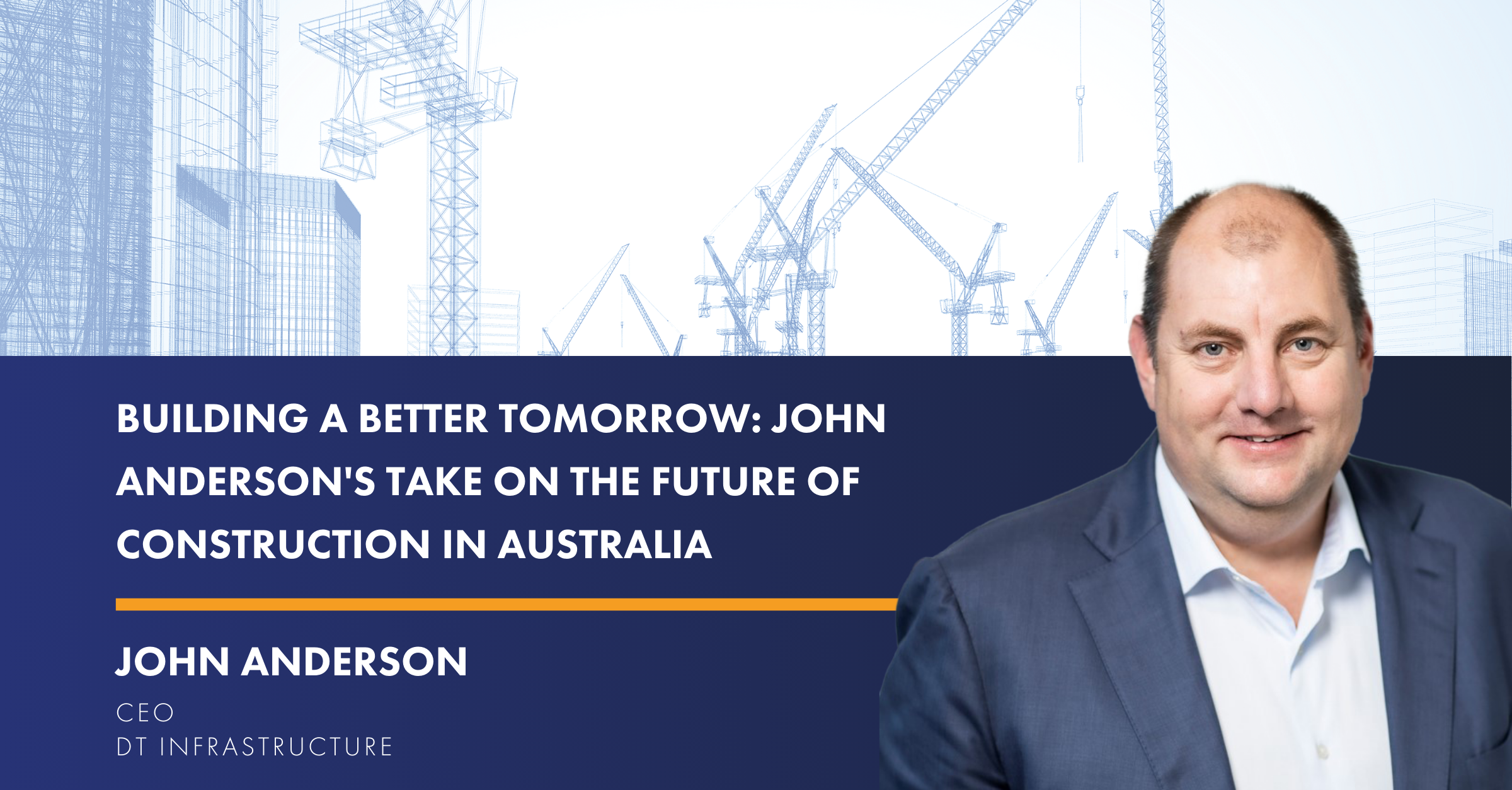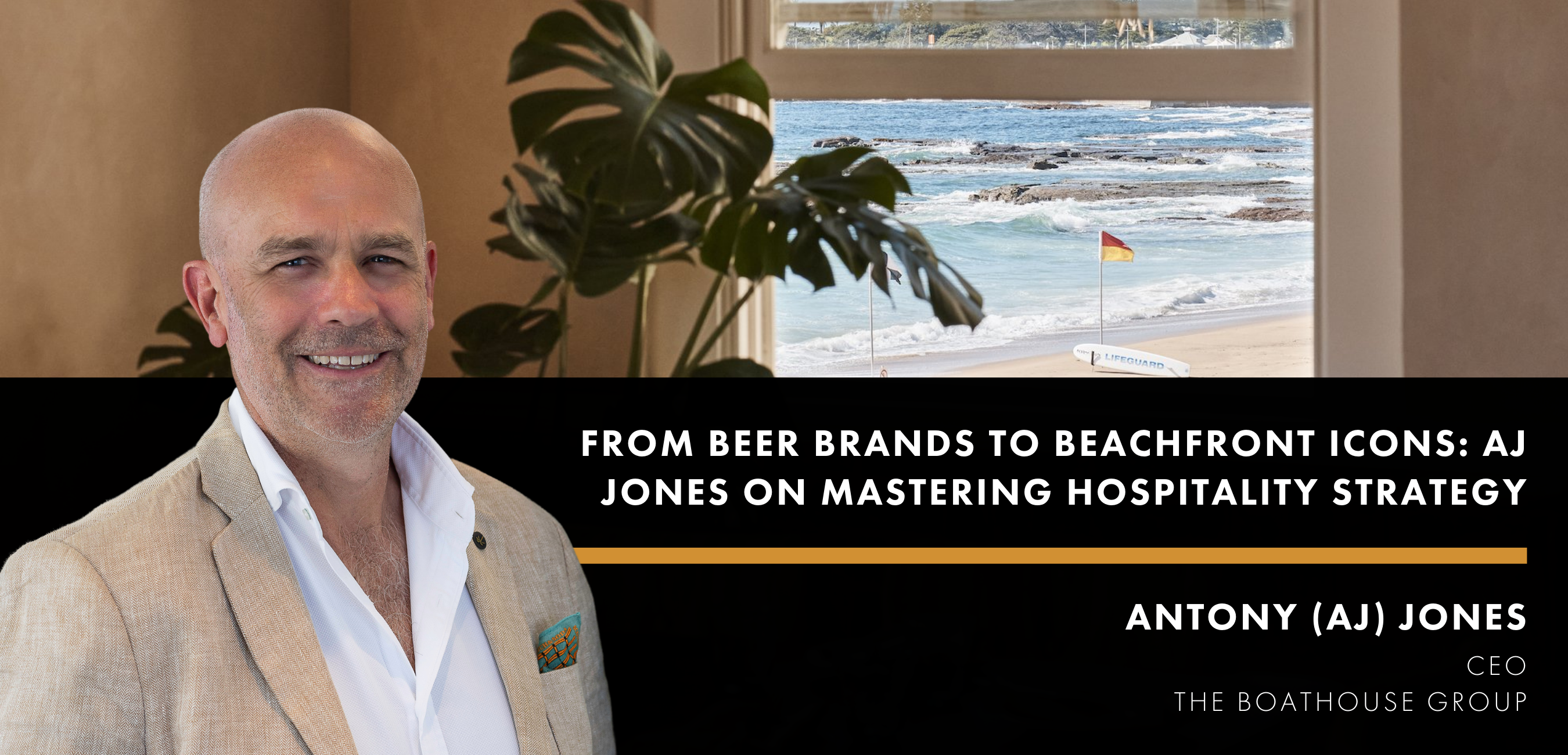It’s a time to rethink everything right now.
It’s an unprecedented time in our history that is testing everything we know and thought we knew about buildings and the places we work. Right now it’s not inconceivable that, for many of us, we will have spent more time working from home this year, than working from out of our office. How things have changed!
Normally, we would be talking about workplaces of the future and what that might look like from a technology, sustainability and workplace environment perspective. Today, however, we are faced with a different and more stark reality and pondering questions like “What purpose does an office actually serve?”, “How will workplaces need to be reconfigured to support safe, sanitised, healthy workplaces” “Do we really need all that space?” “How can we best use that space?” “What new technologies do we need to help us work remotely or safely within an office?”
Understandably, the use of technology and smarts has become a persistent thread in these conversations. So how smart do you really need to get? and do we have all the right tools and processes to support the outcomes we are looking for?
To a degree, most of us are probably already aware of a lot of the tools that can be used, but have not yet had the experience of either implementing them or using them on a regular basis.
Back to the Future
At least a decade ago, when the concept of activity based working environments in large offices became prevalent, it was apparent that technology was one of the key enablers to enable flexibility and choice of work environments, whilst simultaneously fitting more people into less space. The tools at our disposal back then and even today include room booking, desk booking, people finding, digital wayfinding and workplace management systems. One of the biggest opportunities will be to repurpose these existing tools, if you have them, with new objectives.
With today’s emphasis on health, safety and wellbeing we are now having to reshape our thinking to cater for a new future that is not as certain as it has been in the past. The only certainties are that things could change suddenly and that flexibility and adaptability will be key to the health and safety of our staff and guests, more now than ever before.
To address these criteria, we’ll need a multifaceted approach to better utilise both emerging and existing technologies and to promote the education and adoption of new work practices and ways of working.
Emerging Technologies
The good news is that the lowering cost of sensors and the maturation of standardised internet technologies has enabled capabilities that were previously out of reach or prohibitively expensive to implement.
A frictionless user experience to get in and out of a building whether by foot, car or bike is now becoming the expectation for building security. What started as a process for improving user experiences, can now turn into contactless processes for access control. Mobile access readers and door actuators can now take out the need to touch a card, or manually open doors. Self service apps can now remove the need to fill out visitor forms or touch a shared tablet. Your own mobile can be used to call lifts and open doors. People counters, more common in retail environments, can now be used to count the number of people in buildings, floors and meeting rooms. Data from all these systems provides context for situational awareness and a rich context for a lot of other decision making.
Increasing Adoption of Existing Technologies
Technologies that were more sporadic in their adoption are now coming to the fore again and can now be combined with other additional sensors. People counters can supplement room booking systems to measure maximum capacities of meeting rooms and flag breaches of agreed safe capacities. Desk booking systems can now incorporate desk based sensors with indicator lights to show availability or the need to be cleaned. Spatial and air quality monitoring devices, as part of a smart lighting control system, can be used to also monitor the utilisation of office space and air quality. Slowly but surely, a lot of systems are now learning new tricks driven by the likely changes that lie ahead.
New Processes
What we have learned over the past is that technology alone does not provide solutions without behavioural change. People’s ability to adapt to change varies from innovators to the laggards.
In the introduction of any new technologies you have to anticipate change and help people to adapt. You need to develop new standards and processes for things like staff using smartphones to access the building, admitting visitors, booking desks, handling breaches of health and interacting with people both physically present and online simultaneously. You need to develop, adapt and accept the necessary tuning of these processes as the strengths and weaknesses of these new technologies get exposed for the first time. Persistence and patience will be required.
Underlying all of these new technologies will be a wealth of data and information. One of the key challenges will be establishing the roles that can interpret and use this data to continuously improve and tune both new and existing work practices and establish new norms.
Taking it to the next level
So, how far do you think your organization needs to go in adopting the smarts to help your business survive and grow in the work environment that is evolving before us? Remember, technology alone is not the only answer. You will need to rethink every process that goes on in a building and your workplace environment. How do you safely get into a building? How do visitors get into a building? How do you reassure both staff and visitors that you have both the necessary systems and technologies in place?
As they say, every solution creates a new set of challenges. And that is the world we are now in. Time to rethink.
Bruce Duyshart is the Founder and Principal of Meld Strategies, Australia’s leading specialist Smart Building Consultancy.
Future of Office Space Summit
Bruce will be facilitating a Masterclass at our upcoming Future of Office Space Summit, taking place from 17-18 February 2021. Get insights from technology & innovation leaders, tenant & workplace experience experts, property fund managers and industry thought leaders.






